Meet the 19-year-old CEO who started a professional Minecraft building company
The creativity that Minecraft inspires has led to an industry of professional builders.
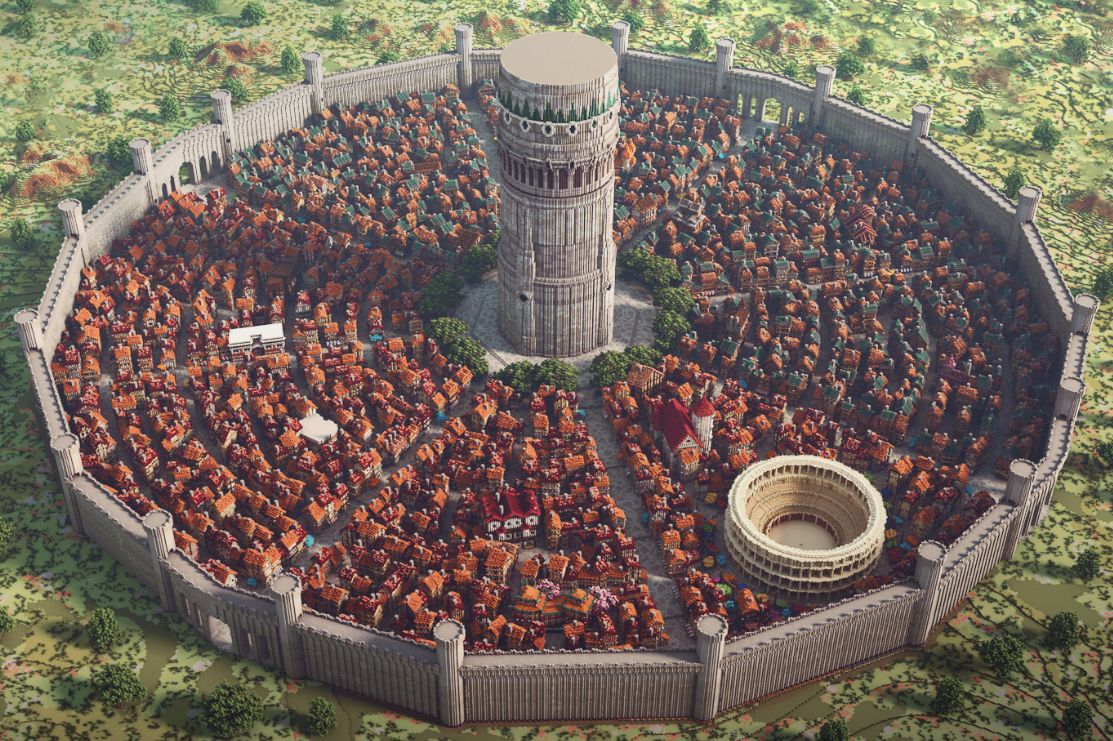
It's pretty amazing that there is even such a thing as professional Minecraft builders—teams of architects and designers who get paid to create intricate worlds from a bunch of digital blocks. Varuna is one such team, a business made up of 34 members, who get paid to craft spectacular creations for their clients.
Varuna has created numerous real-world and fantasy builds, from underwater kingdoms and enchanting castles, to futuristic cityscapes. Their work is spectacular and a testament to what a group of dedicated creators can do with Minecraft's toolset. I spoke with Varuna's nineteen-year-old CEO and founder, Thomas Sulikowski, about the company's humble beginnings and how they build their amazing worlds.
Sulikowski was in high school when he first heard about the Minecraft building community. He started playing just like any other teenager would. "My high school friends were actually the ones that introduced me to the game," Sulikowski says. "Every day after class we would play a few hours. I think in my sophomore year of high school, I kind of transitioned away from the more typical survival games and started really diving deeper into the creative side of Minecraft."
He posted photos of his builds to online Minecraft forums, and began to gain attention from players who were interested in commissioning new builds. This was the first time he had experienced Minecraft as a business opportunity. "Pretty quickly, I started doing some more research and I found that this was a whole industry within Minecraft that you could actually thrive in."
Above: See my interview with Sulikowski inside one of Varuna's builds.
As he delved further into specialised building servers and building communities, Sulikowski started to make bigger builds, going from small homely cabins to full recreations of the Empire State Building. But he soon realised that juggling both school and a growing Minecraft business would be difficult. He decided to expand. "When it was my time to go back to school I realized there's no way I'm going to be able to finish all these orders by myself. That's really when I had the idea of having a team or a company that could continue building whilst I was in school."
When I was in school, I was too busy worrying about finishing my homework to even think about starting a company, but that's exactly what Sulikowski did. Now, Varuna has 34 people from 12 different countries. "We hire a lot from Poland, from Germany, from Spain," Sulikowski says. "There's a few in Australia, one in Jordan, one in Egypt, obviously a lot from the United States, and I think there's one Peruvian and a few Colombian members as well."
The biggest gaming news, reviews and hardware deals
Keep up to date with the most important stories and the best deals, as picked by the PC Gamer team.
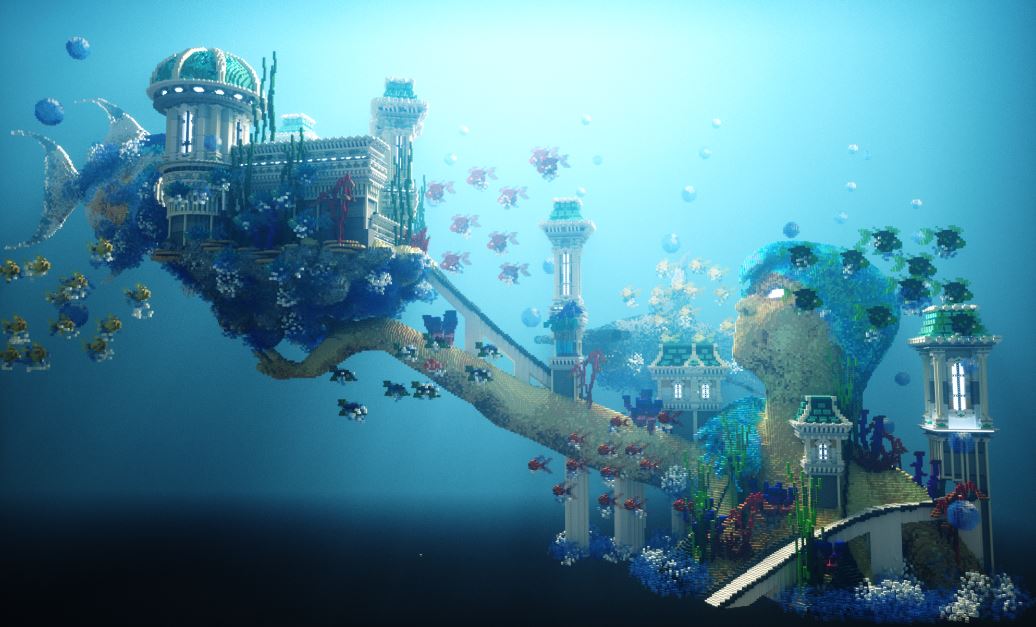
A multinational company that earns money from building in Minecraft would have been unheard of five years ago, and even now it's crazy to think that an entire industry has sprung around Minecraft. Sulikowski talks me through how a commission works, from a client approaching them with an idea through to the finished project.
"A lot of times clients don't actually know what they're looking for themselves," Sulikowski says. "They just want something that's really wild. It's my job to actually narrow down exactly what they're looking for. The main thing that a lot of people struggle with is pinpointing a size. It's hard to estimate the size of Minecraft builds because you can build in different scales."
There are definitely some incredible Minecraft builds out there. There have been projects like WesterosCraft, a group of builders who are recreating the entirety of Games of Thrones' Westeros in Minecraft. There's also The Floo Network, another team who recreated an elaborate Harry Potter RPG inside the blocky sandbox. As a business or even just a hobby, Minecraft naturally fosters creative talent.
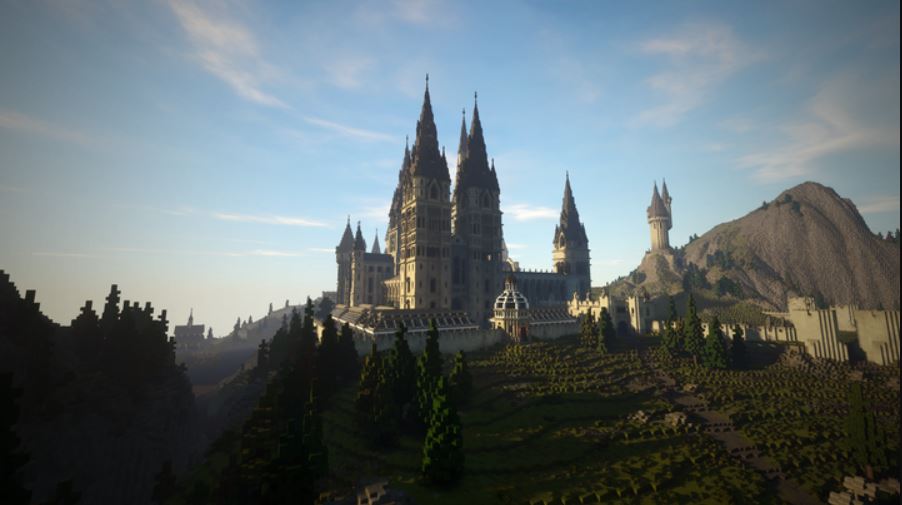
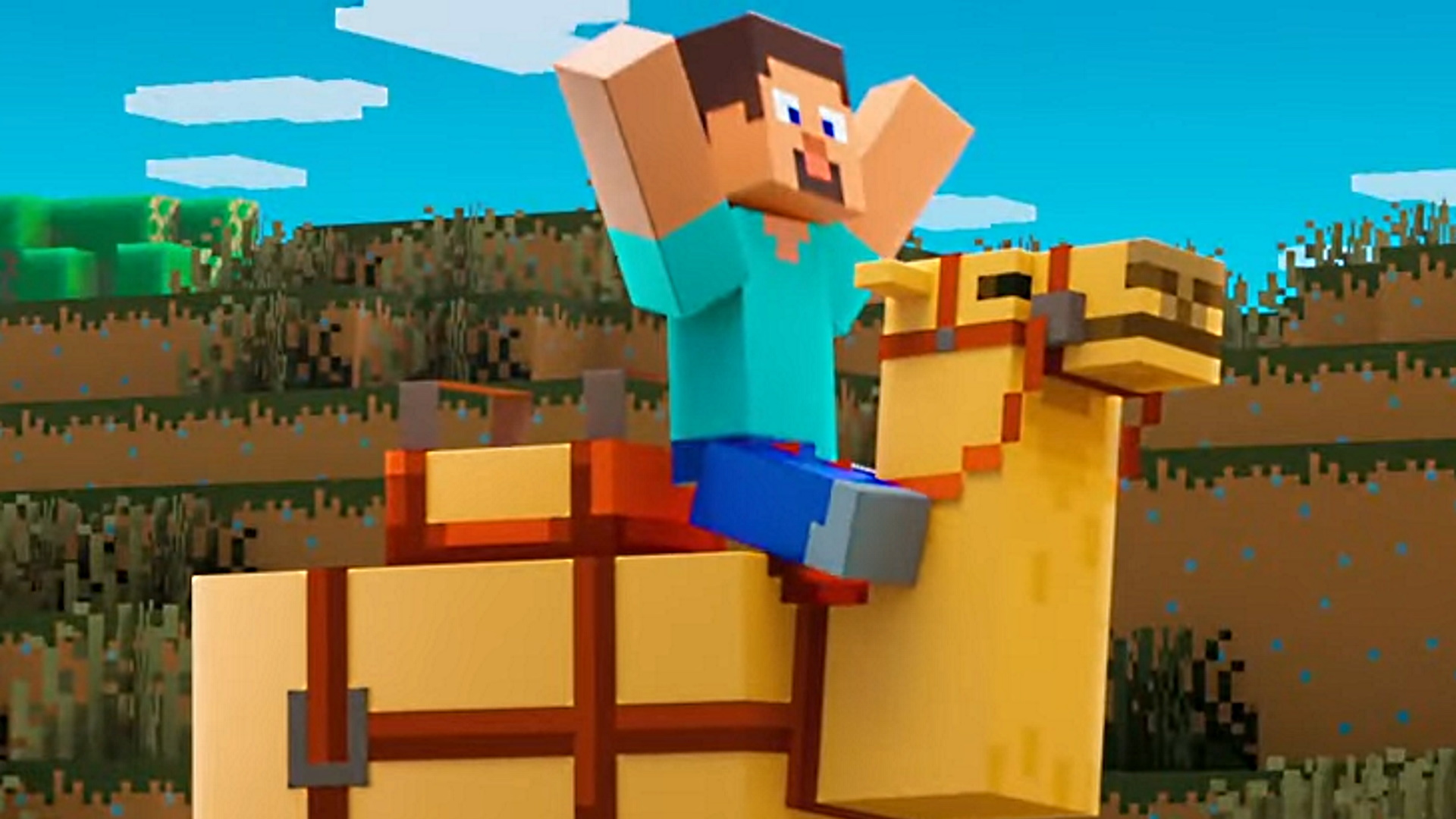
Minecraft update: What's new?
Minecraft skins: New looks
Minecraft mods: Beyond vanilla
Minecraft shaders: Spotlight
Minecraft seeds: Fresh new worlds
Minecraft texture packs: Pixelated
Minecraft servers: Online worlds
Minecraft commands: All cheats
Minecraft build ideas: What to build next
Varuna has its own portfolio of eye-popping builds, and Sulikowski graciously gives me a tour of several of their best ones. A build he shows me is a charming red-brick town, which I first think is a fantasy build, but Sulikowski tells me is actually based on a Monteriggioni—a medieval walled town in Tuscany. "We rebuilt this in 2017 and everything is exactly as it is in real life," Sulikowski explains. "We used photos from Google Maps and Google Earth to be able to really see the fort from different angles."
Varuna has a YouTube channel that features time-lapses of their builds. You can see all the detail that goes into the Monteriggioni build, from the cobblestone paths to the slatted roofs. Sulikowski tells me that Varuna keeps in constant communication with the client throughout the whole process, making sure that they are happy with every step. Each build usually has between two and eight members per commission, and the team plan everything out themselves with the client's input.
Sulikowski tells me that there are three types of clients that Varuna usually get. The first is companies, who are now seeing Minecraft as a huge marketing tool to gain attention. This could be in the form of a map relating to one of the company's projects or a recreation of their headquarters.
The second type is organisations, like the charity Block by Block. The charity was set up by Mojang in 2012 to support the United Nations Human Settlement Programme that helps communities who don't have access to high-end 3D design architecture software use Minecraft instead. "If people want a new supermarket, they'll actually prototype it by building it in Minecraft, seeing if it would be possible to add it," Sulikowski says. "It's a really cool project that gives everyday citizens a voice in what they want."
The most common client that Varuna gets is private clients, people who want builds for their own personal use or for a server they run. "Minecraft servers are a whole business in itself," Sulikowski says. "If you're a server owner, you want as many people to connect to your server as possible because 5% of your total player base ends up donating money. But to attract a lot of people, these servers need really cool maps. It's something they can feature and that helps bring in more new players."
You know, the anime Naruto? Someone tried to commission us to create the entire world from that anime. So, not just the main city, or one kingdom, the entire world.
Thomas Sulikowski
An example of a private client commission is Varuna's City of Orario map. It's a majestic, sprawling city from the anime series Is It Wrong to Try to Pick Up Girls in a Dungeon? The city is a maze of streets and houses that all lead to an immense tower in the centre. Being inside the map itself is incredible. Sulikowski tells me that this build was made specifically for a Minecraft server. "I was in communication the entire time with one person, the actual server owner," he says. "I believe it was for a French Minecraft anime server, so he has a lot of maps from different anime and this is one that was added to his collection."
I joke to Sulikowski about watching the entire anime series as research, but he surprises me by saying that it was actually part of the process. "It's part of the job, believe it or not," he says. "When we built this map scenario, we had to watch the anime and try to get different angles of houses."
"You know the anime Naruto? Someone tried to commission us to create the entire world from that anime. So, not just the main city, or one kingdom, the entire world. I think that's probably a little bit out of our abilities."
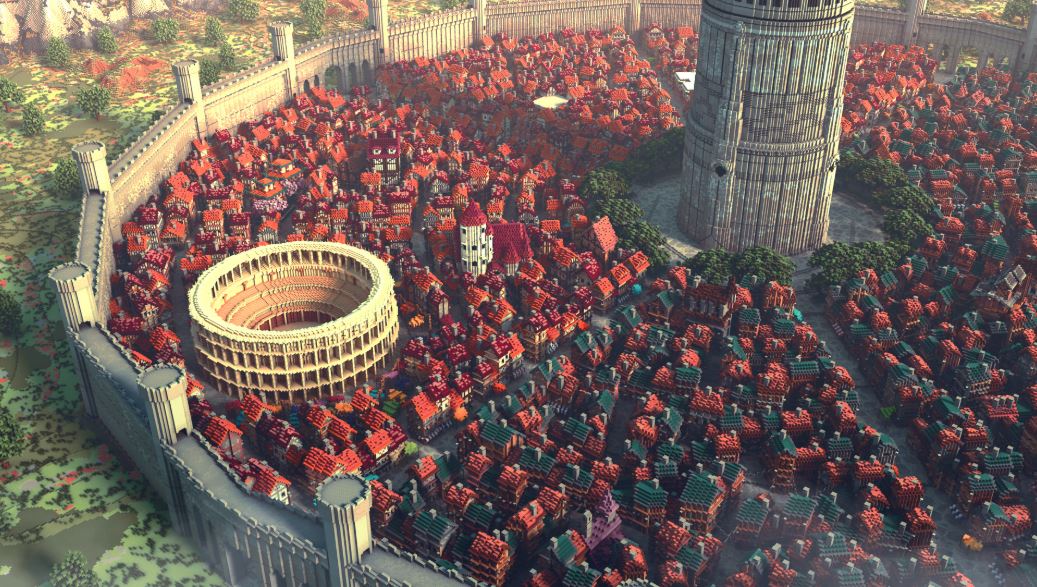
On Varuna's commissioning page, the rate for a build starts at $999. Sulikowski is pretty open about how much their builds cost, and it's in the thousands. "It definitely depends." he says."There's a huge range. It starts at about a grand and then it goes up. There are commissions that we've done that have been over $10,000, so they do get pretty up there."
Sulikowski tells me that builds like the City of Orario would be in the price range of around $4,000 to $5,000. Each builder is paid an hourly wage for the commission they're on, and prices are created based on the estimated number of hours that the builders put in. Features like building interiors, and how much vertical space you use drive the price up, so if you wanted floating cities with majestic interiors accompanied by a flying dragon—that's going to dramatically increase the cost.
A couple of grand seems like a lot of money for these builds, but when you start to calculate hours of labour and the scale of some of these creations, it starts to make more sense. You're getting high-quality build for your buck, and it's obvious that Varuna has some talented artists on their team. Sulikowski tells me that the future of Varua lies within their partnership with a company affiliated with Microsoft.
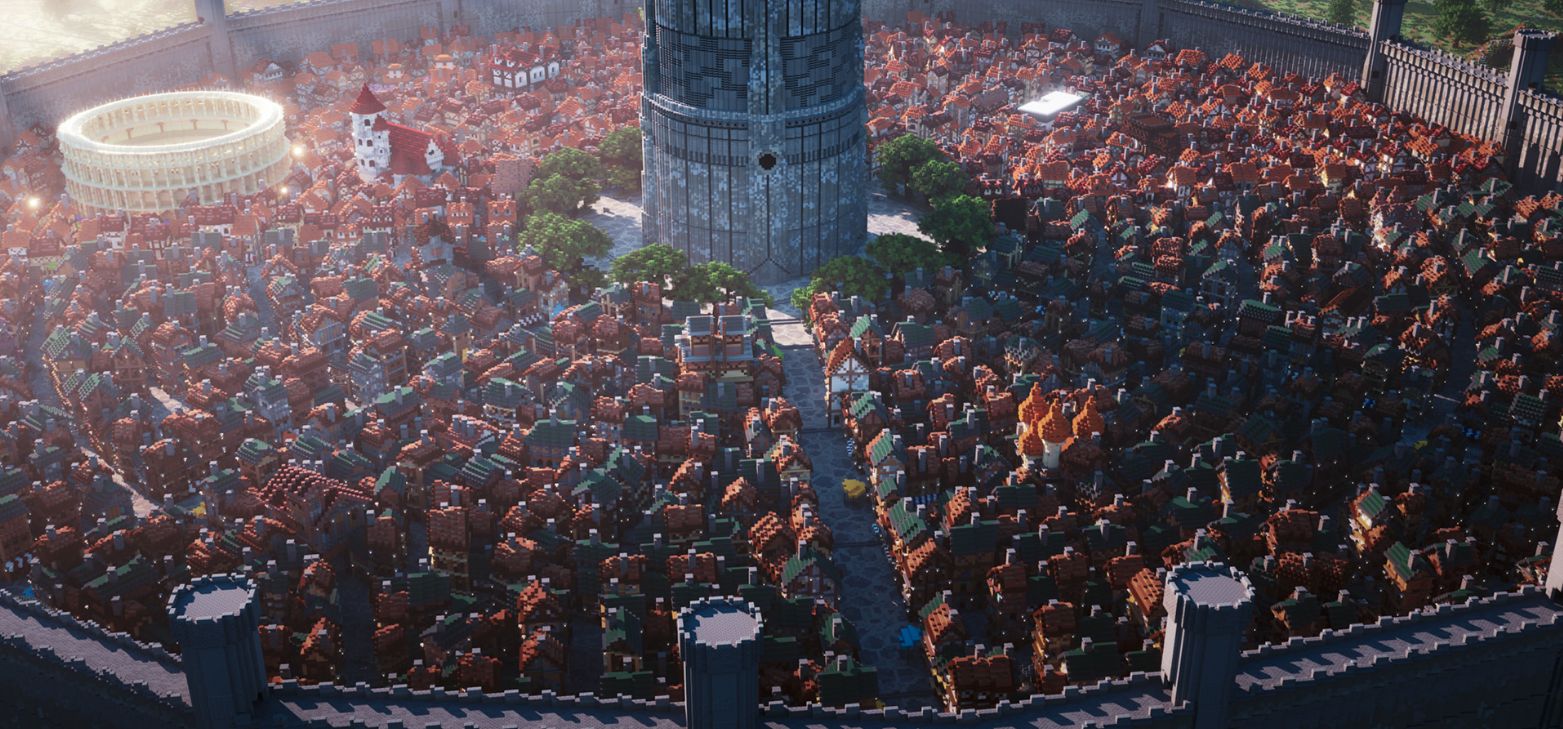
"The next step moving forward is to have a full partnership with Microsoft themselves so that we can release maps on the marketplace directly instead of having to go through another company," Sulikowski says. "But that'll be something for the future."
Sulikowski is able to pay his tuition fees because of his work on Varuna, although he says that creating the company has been about more than paying for his education. "I think it's so cool that Minecraft has given so many people from my generation the opportunity to not only make money off of a video game, but grow with a different community than the one on your block or in your town."
Rachel had been bouncing around different gaming websites as a freelancer and staff writer for three years before settling at PC Gamer back in 2019. She mainly writes reviews, previews, and features, but on rare occasions will switch it up with news and guides. When she's not taking hundreds of screenshots of the latest indie darling, you can find her nurturing her parsnip empire in Stardew Valley and planning an axolotl uprising in Minecraft. She loves 'stop and smell the roses' games—her proudest gaming moment being the one time she kept her virtual potted plants alive for over a year.



